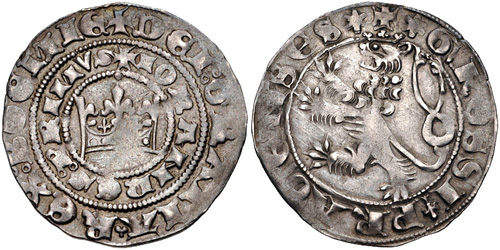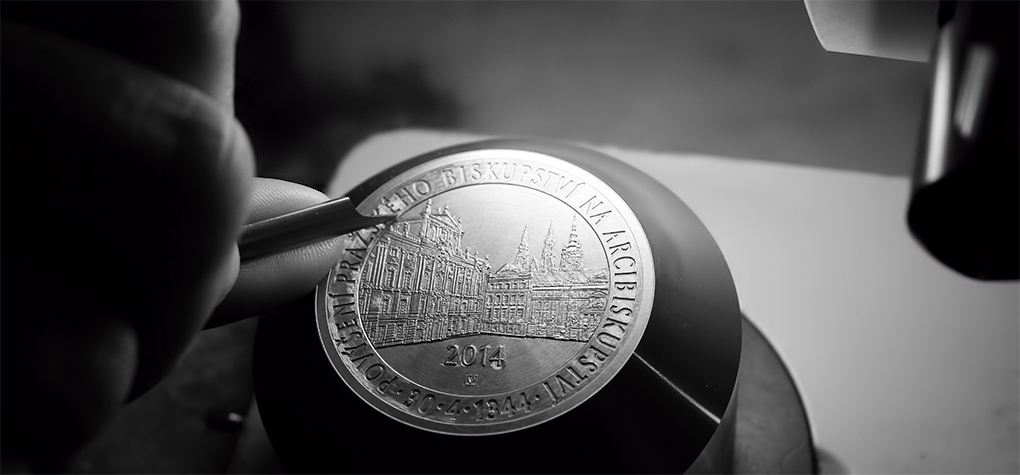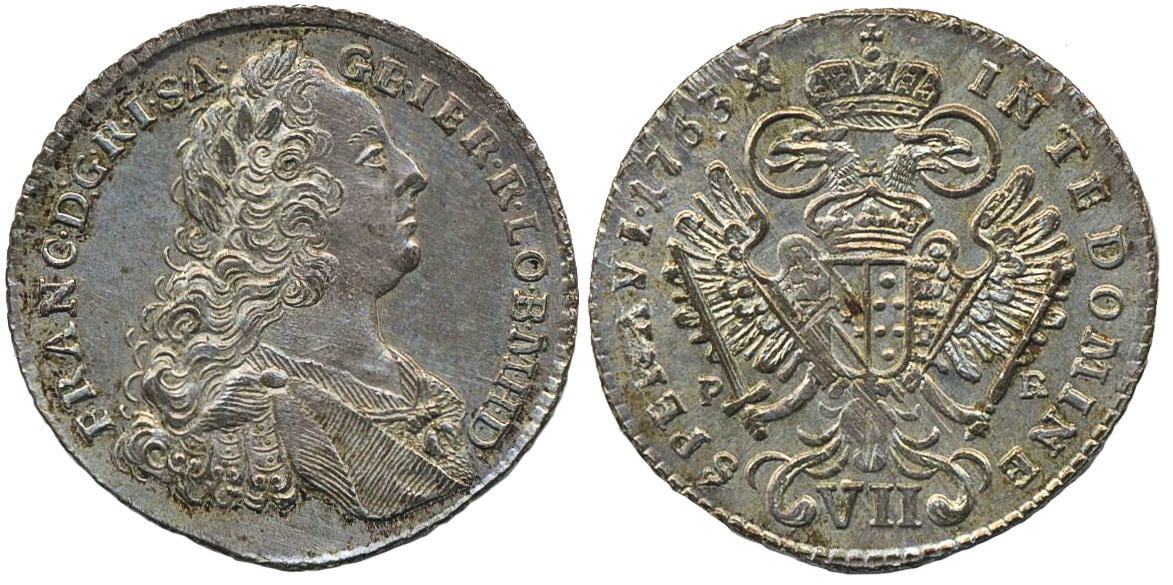Handy Info For Coating Czechoslovakia Medals
Wiki Article
What Is The Process To Scan A Plaster Model To Make A 3d Digital Model Of Gold Medals Or Coins?
The process involves scanning a maquette to produce a 3D digital model of gold coins or medals. A special equipment is utilized to capture the details and dimensions of the model into a digital version. Digital replication serves a variety of reasons in the process of production. How the Scanning Process Works
3D Scanning High-resolution scanners record physical dimensions and the details of the plaster model. They employ a variety of methods including laser scanning or structured light to capture precise measurements and geometrical details.
Surface Information Capture- The scanner emits laser or light beams at the plaster model's surface. The scanner records these reflections and distortions. This information is then used to construct an accurate model.
Data collection- The scanner gathers data when it moves across the plaster model. This creates an image that is digitally rendered, which includes the model's contours, geometrical details and more.
Conversion into a 3D Model. The collected information is processed using special software which reconstructs it into a 3D digital version. This model reproduces the physical characteristics and dimensions of a plaster maquette.
What is the reason to create a Digital 3D Model
Precision and Replication Digital 3D models enable exact replication of the physical model's details and dimensions. This accuracy is essential in order to ensure that the gold medals or coins are in line with the original model.
Digital models are able to be easily adjustment or refinement. Designers can alter the 3D model without altering the original plaster maquette. This allows for repeated adjustments or enhancements.
Compatibility With Manufacturing Processes Compatibility with Manufacturing Processes Digital 3D Models are compatible with various manufacturing processes, like 3D printing, CNC machining. This facilitates the creation of dies or molds to make mass production.
Documentation and Archiving Digital 3D models function as an archived document of the design. They can be digitally archived to be used as a reference for future use as reproductions, documents from the past.
By scanning plaster models and creating 3D digital model, manufacturers and designer can improve their production processes, ensure accuracy of replication and make use of advanced manufacturing technologies to produce gold medals and coins with a high degree of precision and fidelity. Follow the best Scanning and 3D Modeling Prague Mint gold coins website recommendations. including silver price in dollar, gold buy bullion, 1 10 oz american gold eagle, sovereign british coin, buying silver bars, gold price jm bullion, 10oz gold bars, gold coins for sale, gold coin dealers near me, gold biscuit buy and more.

How Does A Janvier Machine Transfer The Gold Medal Or Gold Coin From The Master Hub Onto A Functioning Hub?
The Janvier machine (also known as pantographs, or reduction machines) is a specific device that allows the transfer of an image of a coin or medal from the master hub to the operating hub. This is a brief description of the Master Hub Creation.
The master die is the initial mould or die that has the exact design on the coin. To ensure its accuracy it is typically made with CNC machining and other precision techniques.
Configuration for Janvier Machine-
The Janvier Machine consists of two parts: a stylus to trace the design, and a tool that cuts the design.
The Janvier machine has a master hub mounted securely. This serves as the template to where the design is transferred.
Tracing a Design
The Janvier stylus in the machine captures the contour of the design as it moves across the surface of the master hub. As the stylus moves on the hub's surface, it records its profile.
The Design of the Home
The Janvier machine can also reproduce the traced pattern onto the hub that is in use. This hub is typically constructed from a soft material, such as nickel or steel, rather than the hub used in the master.
The cutting device cuts or transfers the design onto the hub of the wheel in a smaller dimension or size compared to the hub that is the master hub. This allows the cutting tool to create coins and medals in the size you want.
Precision and Accuracy
Janvier’s machine works with precision and ensures a perfect transfer of details from the master machine to the working hub. It reproduces even the tiniest details and contours accurately.
Quality Control
Quality checks and inspections are carried out to ensure that the design transferred matches the specifications and accuracy required to strike the design.
Further Processing
The Janvier machine's working hub can be used to create coins or medals. The mold or die is used to produce numerous coin blanks or medal blanks based on the design that was transferred.
Janvier is a key element in minting because it has the ability to accurately replicate and reduce intricate designs for coins or medals. Working hubs can be used for the production process of mass-produced coins or medals. Take a look at the recommended janvier processing Prague Mint gold coins more examples. including gold buffalo, 100 grams gold biscuit, 1 10 gold eagle, gold and coin near me, gold panda coin, gold sovereign coins, gold bars price, 1 ounce gold, gold quarter dollar, 1 4 oz gold coin and more.

How Do Dies Get Polished? Ensure That Gold Coins And Medals Have The Perfect Surface?
There are many reasons why it is crucial to polish dies with a hand so that they have a smooth, flawless surface. Improved Detail reproduction By hand polishing, imperfections, burrs or irregularities are removed from the surface of the die. Smooth surfaces allow intricate details to be easily recreated on the medals and coins.
Better Quality Coins or MedalsA die that is polished ensures that the struck coins or medals have sharp and clearly defined edges, details and relief. This improves the appearance and quality of the finished product.
Reduction of Wear and Tear Polishing can decrease friction during the striking procedure. Die surfaces that are smooth reduce the risk of irregularities and imperfections on struck coins and medals.
Consistency of Striking Hand-polished dies guarantee uniformity during the process of minting, by providing the same striking area. Consistency is essential to ensure the accuracy and quality of the designs on all coins or medals.
Die longevity- Die that are polished well will be less susceptible to wear or damage during the striking procedure. They last longer and are more robust, which allows for larger strikes without sacrificing quality.
Precision and Accuracy. Hand polishing enables engravers refine, fine tune and make sure that specific areas are perfect on the die. The specifics will be precisely depicted on the engraved metal or coin. The level of precision contributes to the precision of the final product.
Quality Control - The polishing process is a part of quality control. The die can be inspected as it is polished by hand to identify any flaws or inconsistencies, and then corrected prior to the strike.
Surface Finishing- Polishing creates specific textures and finishes that enhance visual appeal, or provide unique characteristics to coins and medals that have been struck.
In the end, careful hand polishing of the dies used for gold coins and medals is an essential step in creating high-end accurate, precise, and visually appealing minted products. This step is crucial for the appearance, durability and the consistency of the final product. Check out the top rated hand polishing Prague Mint gold coins more advice. including sell gold and silver near me, best place to buy gold bars, gold and silver dealers near me, mexican gold coins, coin buy gold, gold and bullion, buy gold pieces, gold buffalo, ebay gold coins, golden and silver and more.

Why And How Gold Coins Or Medals Undergo Processes To Create An Aged Or Antique Look?
This is the way it's done. This article explains how and why this can be achieved.
Chemical patination: Chemical treatments with acid-based or acid-based substances to create patina are applied on the surface of a coin or medal. The solutions can result in controlled tones or oxidation process to create a look of age or antique. This process highlights the specifics of your design and add depth.
Artificial Aging- Mechanical and chemical techniques are used to simulate the natural tarnishing that occurs as the coin or medal ages. Abrasive tool or treatments are employed to create scratches and worn areas.
Toning or Staining – Specialized heat treatment or solutions are used for toning or staining surfaces. They produce different shades or shades. This process can mimic the discoloration and toning process that happens naturally with time.
Buffing and Polishing Techniques - Certain areas of your body are addressed by a specific buffing or polishing technique to remove the surface layer or highlight layer that create contrast and an aged look.
Motives behind Creating an Antique Appearance
The look of antique is appealing to some collectors and enthusiasts. The worn appearance gives depth and character to the style. It's visually stunning.
Historic or Commemorative Significance Coins or medals commemorating historical events or periods might undergo aging processes to evoke an impression of authenticity from the past or to resemble coins from a specific era.
Increased CollectorshipIncreased Collectibility - Antiqued medals or coins are often sought-after by collectors looking for exclusive or limited-edition items. The appearance of the coins are often what makes them more attractive and valuable.
Highlighting design features- The aging process can bring out the intricate design elements by creating contrast between both recessed and raised areas, making the design elements more apparent.
Artistic expression- Minting authorities may use aging methods to express their artistic vision. They may enhance the depth of the style, tell a story, or even include symbols.
Give an antique look to gold coins or other metals with a deliberate art choice. It can evoke memories of nostalgia, provide interest to the eye, or even convey history. The aesthetics must be balanced with the coin’s worth and authenticity. Read the best antique finish of Prague Mint gold coins more examples. including 20 dollar coin, 1 oz silver price, gold piece price, 1 10 oz gold eagle, 1 10 oz american gold eagle, purchasing silver bars, sd bullion gold, price of 1 oz of gold, five dollar gold coin, gold bullion gold and more.
